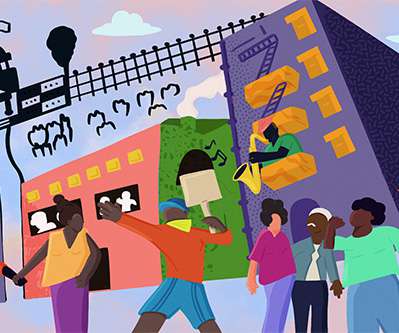From Owing to Owning: How Communities Can Control Commercial Land
NonProfit Quarterly
APRIL 5, 2023
As for initiatives underway in the Twin Cities and Los Angeles, both efforts are nascent, but both groups also appear to have developed a strong set of partners, making these efforts promising. That said, while money to acquire land is vitally important, community ownership of commercial property requires more than acquisition funds.













Let's personalize your content